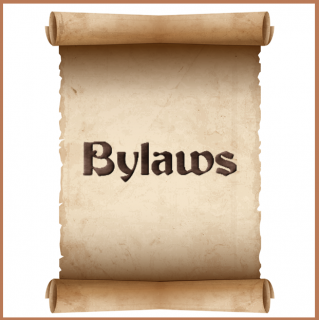Congregational Bylaws - An Overview
By Congregational Life
“Structures are necessary ingredients of an organization’s life. Whether we operate within a local organization, a congregation, or our work unfolds within a larger institution at one of the various ways to be engaged in denominational level work, our work takes place within structures. Structures set parameters for the work to be done within institutions. Organizational structures delineate the particular arrangements of authority and act as guides for how decisions are made.
In addition, structures determine the flow of information and power between the various levels of management. It is important that an organization has clearly defined objectives as well as strategies to meet those objectives. The particular structures that give shape to the institution’s workflow out of its stated objectives and strategies.”
From “Governance” in Widening the Circle of Concern
Bylaws are one of the key guiding documents for congregations. Written in legal language to satisfy governmental requirements, they describe how the members of the congregation have agreed to govern themselves. They are also a last resort in cases of disagreement on legal matters.
Bylaws guide the congregation’s board in governing by articulating board structure and key fiduciary committees. They also outline parameters for important decisions such as the calling of a minister or the purchasing or selling of real estate. Bylaws describe the process for key decision-making, which provides transparency and access to all congregation members.
To be effective, bylaws should have the following characteristics:
be brief and clearly stated
describe the board structure and that of any key fiduciary committees
provide a reasonable process to amend
comply with the laws to which the organization is subject
be readily accessible to all members

Bylaws do not need to include every matter of policy. Because bylaws are generally amended only through congregational meetings, boards can create operating guidelines and policies that stand apart from the bylaws to govern day-to-day matters. These guidelines and policies can be changed more easily as situations warrant, thereby eliminating a cumbersome journey through bylaw amendment.
Also, bylaws should cover several important philosophical and theological
questions:
Who can be a member, and what rights and responsibilities do members have? How can a member be removed?
Who chooses the leaders of the congregation?
How long do leaders serve? What is their authority and accountability?
How are decisions made in the congregation? Are different methods used, depending on the type of question?
Are provisions made to ensure that minority voices are heard?
How will changes be made to the bylaws?
For more detailed information, see A Comprehensive Guide to Writing Congregational Bylaws.